If you spend anytime on the internet, you probably ran across a bunch of exciting headlines talking about a possible "alien superstructure" this past week.
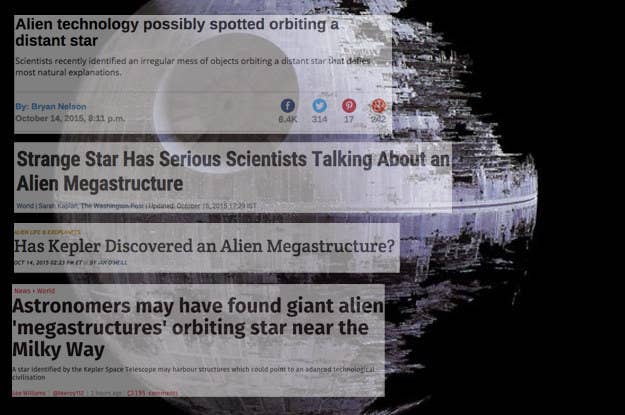
All this noise came to light after The Atlantic reported on a scientific paper about a bizarre star that the exoplanet-hunting Kepler Space Telescope has been monitoring.
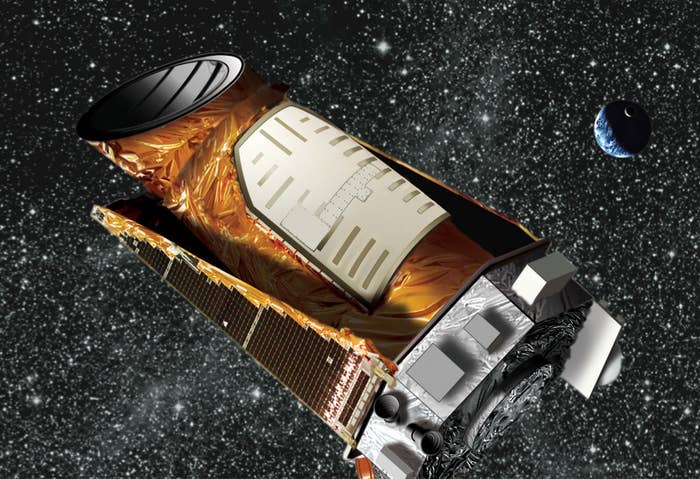
This telescope has been constantly monitoring the brightness of over 145,000 stars to look for dips in light caused by objects blocking a fraction of the star's light during a transit.
Things obviously get more complicated when there are a bunch of different-sized objects in orbit around the same star, but some expert-level math can normally figure out what's going on.
But no amount of extreme math, so far, has figured out what is going on with a star named KIC 8462852 in-between the Cygnus and Lyra constellations.
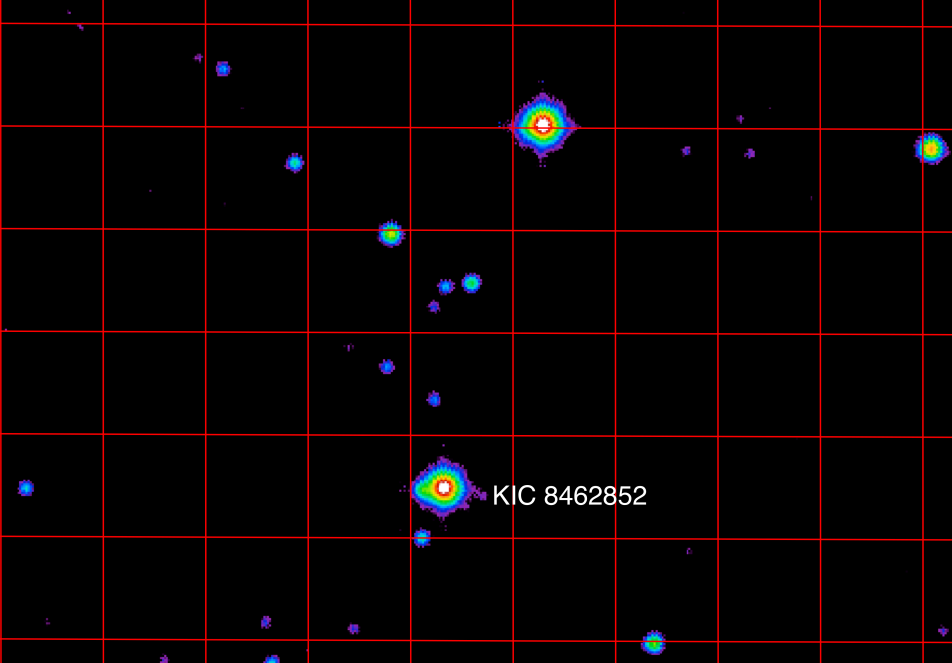
The data suggest a mass of objects tightly circling the star. This would be expected if it was a young star in the process of forming planets, but it seems to be a pretty mature star.

Boyajian and her colleagues proposed a number of natural explanations for the weird light patterns, but none of them is a slam dunk.
Some of the possible explanations they investigated included things like instrumentation problems, variability from the output of the star itself, and variability from other light sources around the star.
Their best explanation is that another star could have pulled a "barrage" of comets into the system.
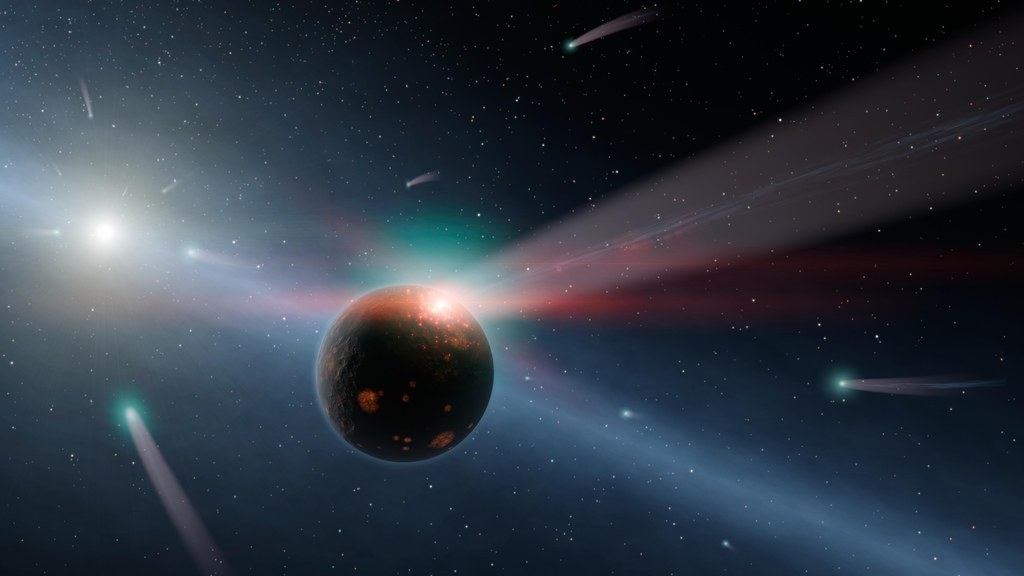
But other researchers think something even wilder could be afoot...aliens.
Jason Wright, an astronomer at Penn State, told The Atlantic that he was in the process of publishing an alternate explanation: "megastructures" created by an advanced alien civilization, perhaps built to capture energy from the star.
"Aliens should always be the very last hypothesis you consider," Wright told The Atlantic, "but this looked like something you would expect an alien civilization to build."
The Search for Extraterrestrial Intelligence (SETI), a research organization, considers the star "a target of opportunity," senior astrophysicist Gerry Harp told BuzzFeed Science.
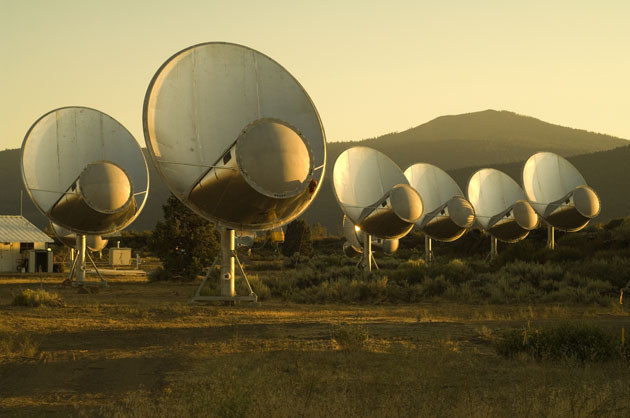
"People have natural explanations for what's going on," Harp said. "I would say that those natural explanations are by far the most likely."
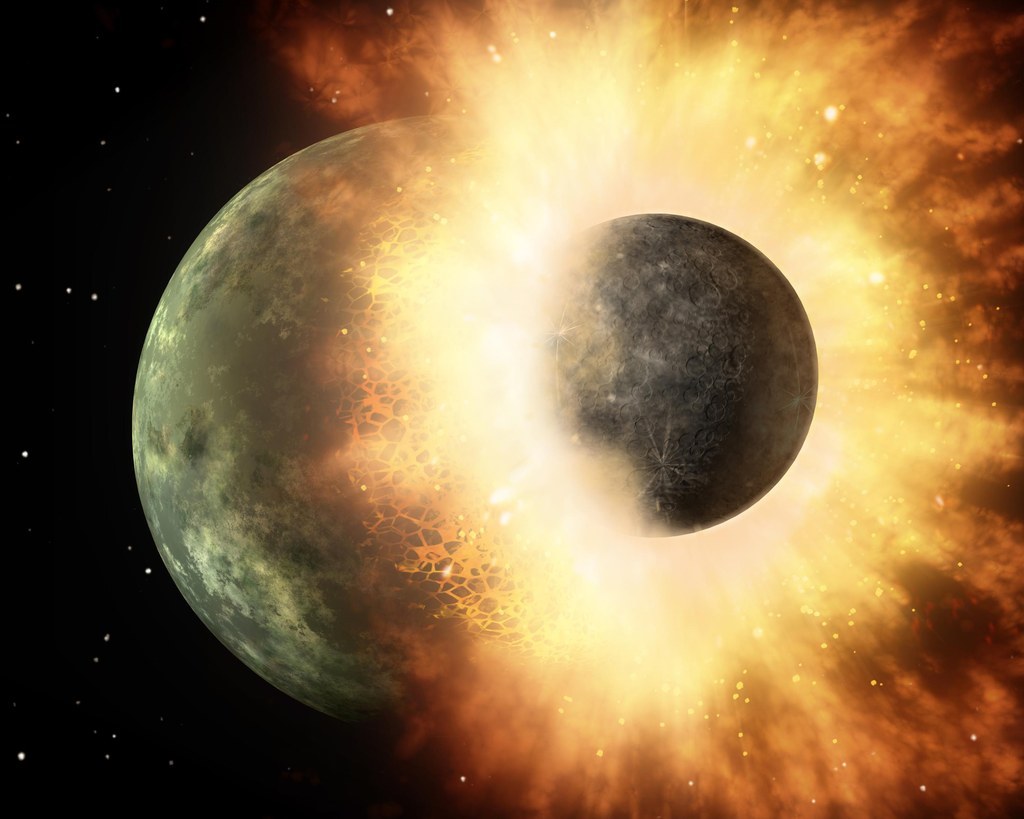
Mark Showalter, another SETI senior scientist, said it would be great if some of these wild alien-civilization ideas ended up being true, but he is not holding his breath.
In response to some of the theories other researchers have proposed, Showalter told BuzzFeed Science "my romantic wish is that an alien race built an enormous work of art to let the rest of the civilization in the galaxy know we're not alone." But in the end, he continued, "what I really believe is that it will turn out to be a rare but natural formation."
UPDATE
A new paper looking at KIC 8462852 has been published in The Astrophysical Journal. The team who published the paper was led by Massimo Marengo of Iowa State University and used data from the Spitzer telescope to see if they could detect any infrared light coming from the star system. You'd expect to see infrared light if there was warm dust created by rocky collisions in the system.
They didn't see any such infrared light, which means explanations that involve heat-generating collisions can be ruled out. Setting aside alien megastructures, the leading theory now is that the weight light patterns are caused by a family of cold comets on a long, strange orbit around the star.
"This work is only a point in favor of the comet hypothesis in the sense that it's a strike against one set of competing hypotheses," Wright, who was not involved with this new study, told BuzzFeed Science.
"We may not know yet what's going on around this star,” Marengo said in a statement. “But that's what makes it so interesting."


